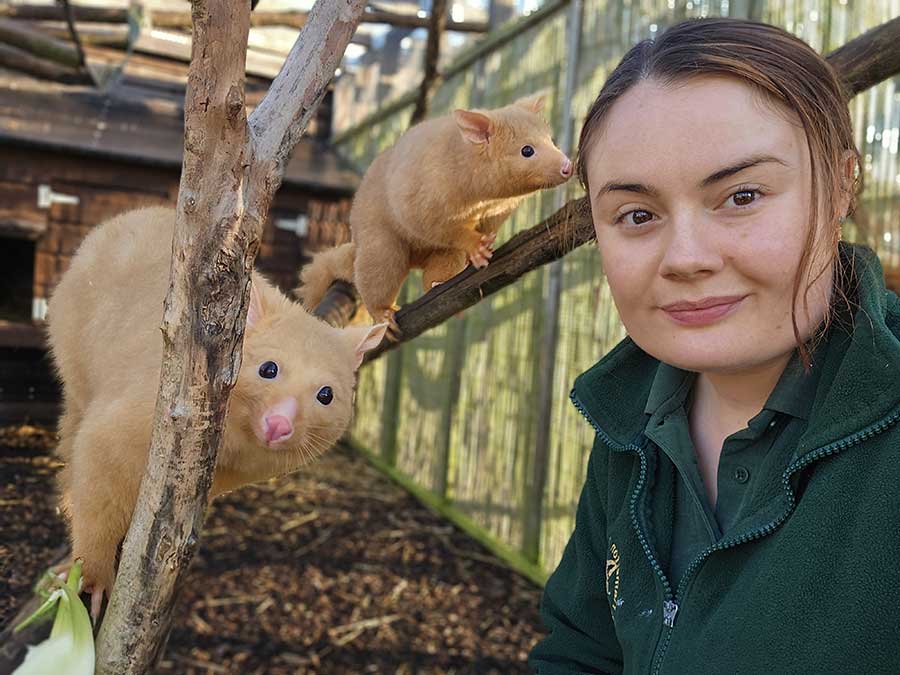Hamerton Zoo Park’s creative approach to animal care and environmental stewardship makes it a standout destination. From recycling Christmas trees to conservation successes, discover how this zoo is making a difference for both its animals and the planet. Scroll down for our full interview with zookeeper Cathy and learn more about the incredible work happening behind the scenes.
A Second Life for Christmas Trees
At Hamerton Zoo Park, the smallest things can spark the biggest smiles. Take the bears, for example, who gleefully drag donated Christmas trees into their pond, only to fish them back out like a game they’ve invented themselves. These trees, once festive centrepieces in homes, find new purpose as enrichment for the zoo’s diverse residents, from playful primates to tiny harvest mice.
 A Dream Come True for a Zookeeper
A Dream Come True for a Zookeeper
For zookeeper Cathy, the joy of watching the animals’ excitement over these simple gifts is a reminder of why she loves her job. “I’ve always dreamed of working with animals, but I never imagined I’d get to care for such rare species,” she says. Leading the Small Mammals section, Cathy has the unique privilege of working with creatures like Tasmanian Golden Possums—one of many UK-exclusive species at the park.
Enrichment Meets Environmental Impact
The zoo’s annual Christmas tree recycling campaign is just one of the many ways Hamerton combines fun with a strong environmental ethos. Not only do the trees provide mental and physical stimulation for the animals, but they also help reduce landfill waste—a win for both wildlife and the planet. “We’re proud to be one of the greenest zoos in the country,” Cathy explains, highlighting their efforts to produce their own power and recycle waste.
 Creative Enrichment Activities
Creative Enrichment Activities
Beyond the trees, the zoo’s creative enrichment activities include Halloween pumpkins stuffed with treats for tigers and summer ice lollies tailored to each animal’s taste. These thoughtful touches ensure the animals stay engaged and healthy, mimicking natural behaviours even in captivity.
Conservation and Education in Action
Of course, the magic of Hamerton Zoo Park isn’t just in the enrichment. The team’s dedication to conservation and education is evident in their successful breeding programmes and partnerships with wildlife charities. Visitors can see the results firsthand, from newborn sloth babies to thriving flocks of critically endangered Ruppell’s Griffon Vultures.
Join the Mission
“Every visit to the zoo supports our mission,” Cathy shares, encouraging people to get involved by donating trees, attending events, or simply spreading the word. Whether it’s a child’s laughter at the meerkats or the awe of witnessing conservation in action, Hamerton Zoo Park continues to create unforgettable moments for visitors while making a difference for wildlife.
Here is the full interview with zookeeper, Cathy:
For me, I started off working with equines at a young age and always knew I was going to work with animals in some capacity but “Zookeeper” felt like a pipe dream career. Being my local zoo, I have been visiting Hamerton Zoo Park all my life so when a vacancy came up shortly after I’d graduated university I leapt at the chance and was lucky to secure it! Now, 4 years on, I lead the Small Mammals section at the zoo and couldn’t imagine being anywhere else. The range of unique animals in our collection is what really drew me in, we hold a lot of UK-exclusive species so to be one of the only people working with such rare species like our Tasmanian Golden Possums is a real honour. As a relatively young zoo, we celebrate our 35th anniversary this year, the park is constantly developing and introducing new and exciting exhibits so there’s always a new project coming to expand our keeper’s knowledge and experience further, no such thing as a boring day when you work in a zoo!
You are currently running a campaign where people can donate Christmas trees for the animals, especially the bears – how do the tree donations help?
Our annual Christmas tree donation campaign is one of our favourite times of year here at the zoo! Providing enrichment for all of the animals in the park can be quite a challenge with every species requiring something different to meet their needs but Christmas trees are great for everyone so having a good supply of trees means we can share them out to all of the animals who will benefit from them. But as well as directly benefiting our animals, by donating Christmas trees to us means it gives them a second purpose and prevents them ending up in landfill, it’s estimated 250 tonnes of trees go to waste every year so any way we can reduce that figure is worthwhile for our wider environment. At Hamerton we are proud to be one of the greenest zoos in the country, producing all our own power and recycling the waste we produce so our Christmas tree recycling scheme really fits with the wider environmental ethos we strive for. If people would like to donate their old Christmas trees to the zoo for our animals, they can be dropped off at our entrance gate any time between 10am and 4pm any day of the week.
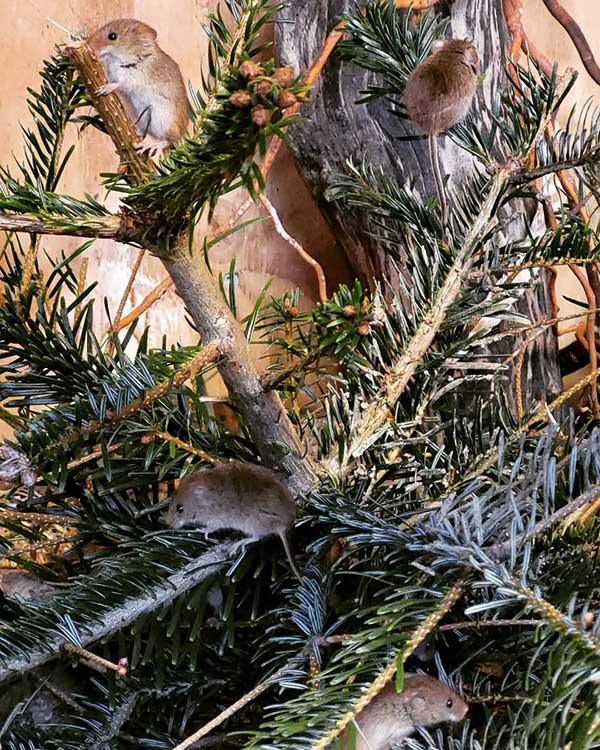
Enrichment is a really important part of caring for our animals, aiming to encourage some more of the natural behaviours that they wouldn’t normally exhibit living in captivity where they have keepers to deliver all of their resources directly to them. The trees are a wonderful source of natural enrichment for our animals, all of which enjoy them in different ways. For the larger animals it provides them with something destructible to hunt down and play with; our bears in particular love to play with the trees, despite being the smallest species of brown bear they are incredibly strong so they will drag them around their enclosure and even into their pond sometimes… we leave it up to the bears to fish them back out of the pond again! For our smaller animals like the small primates and harvest mice, they enjoy climbing into the trees and finding a new vantage point in the enclosures. We can also use the trees to hide bits of food in, providing an extra challenge for our animals to keep their brains occupied for that bit longer as for most animals searching for food would take up the vast amount of their daily lives in the wild.
Are there other enrichment activities or campaigns at the zoo that you’d like to highlight?
As well as the tree donation in January, we take donations of uncarved pumpkins around Halloween – these we give out to a range of species at the park, some for the animals to eat like our marsupials who love their winter squash, and others we carve out for enrichment. For instance, our tigers are given pumpkins filled with bits of meat which they can play with to get their food out. And even our meerkats enjoy grabbing mealworms out of the mouth of a carved pumpkin.
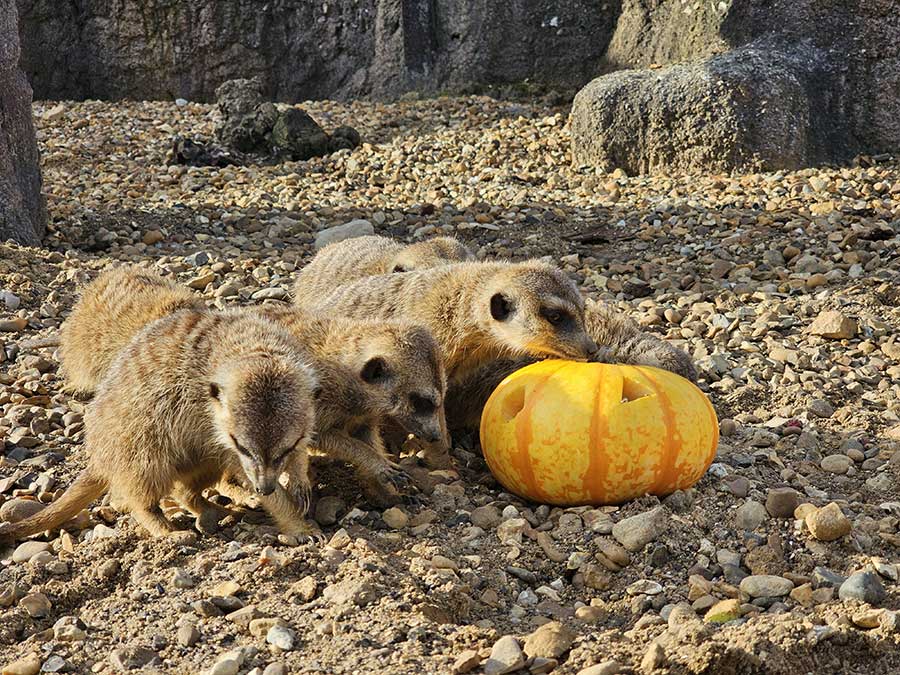
During the warmer months, we offer ice lollies out to the animals to give them a chance to cool off. Depending on who we’re giving them to the flavour of lolly varies greatly so our carnivores get frozen blood pops whereas our primates and small mammals receive fruity pops which always go down a treat! Every day we strive to give our animals something different to keep them occupied and bring out those natural behaviours like foraging and hunting.
Could you share some insights into the conservation efforts or educational programmes at Hamerton Zoo Park?
Conservation really is at the heart of what we do as a zoological collection. We achieve this through our excellent breeding programmes, supporting a range of species including those classed as critically endangered in the wild like our Ruppells Griffon Vultures which we were delighted to welcomed a new chick to our flock in 2024. But as well as breeding we support on-the-ground conservation efforts by raising money for 8 charities each year, we have been delighted that even with the financial struggles we know many of our visitors are facing they still donated over £10,000 last year with 100% going to our charities which is incredible! Education is a big part of our responsibility; every visitor who comes through our gates has the chance to do their bit for conservation but people can only support what they know! We offer educational sessions to local school groups, teaching the children about our animals and engaging their interest in wildlife conservation, and we give regular keeper talks on a range of species to educate our visitors more about the animals and what they can do to support them in the wild.
What’s the most rewarding part of your job at Hamerton Zoo Park?
The work of a zookeeper is tough, we are here 365 days of the year in all weathers and dealing with all extremes of life. But it is such a rewarding job, to be able to care for our animals and the relationships that we can build with each individual makes the hard work worth it. The most delightful part though is being the first one to discover a new baby on the day it is born! No matter how many babies we see, every single one is special and treasured and many tears have been shed on the discovery of a newborn. I have welcomed 4 sloth babies during my time at Hamerton Zoo Park and each time I am amazed by how small but how strong they are even on the day they are born. Watching our youngsters grow in confidence and come into their own individual personalities is a real honour.
How can people get involved in supporting the zoo?

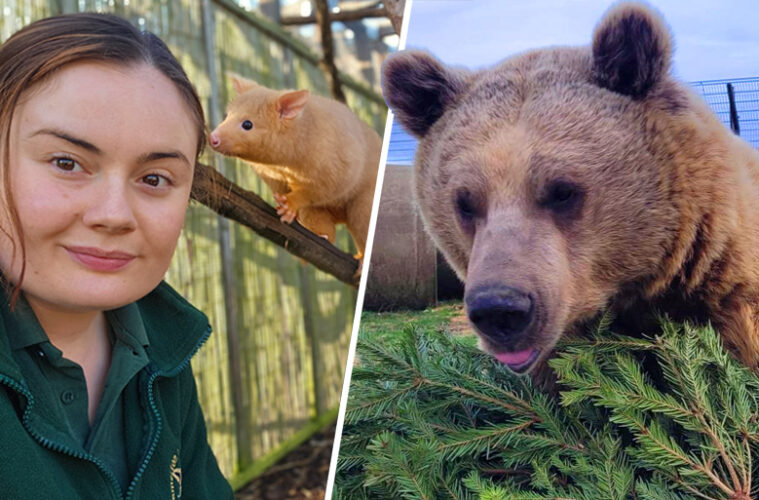
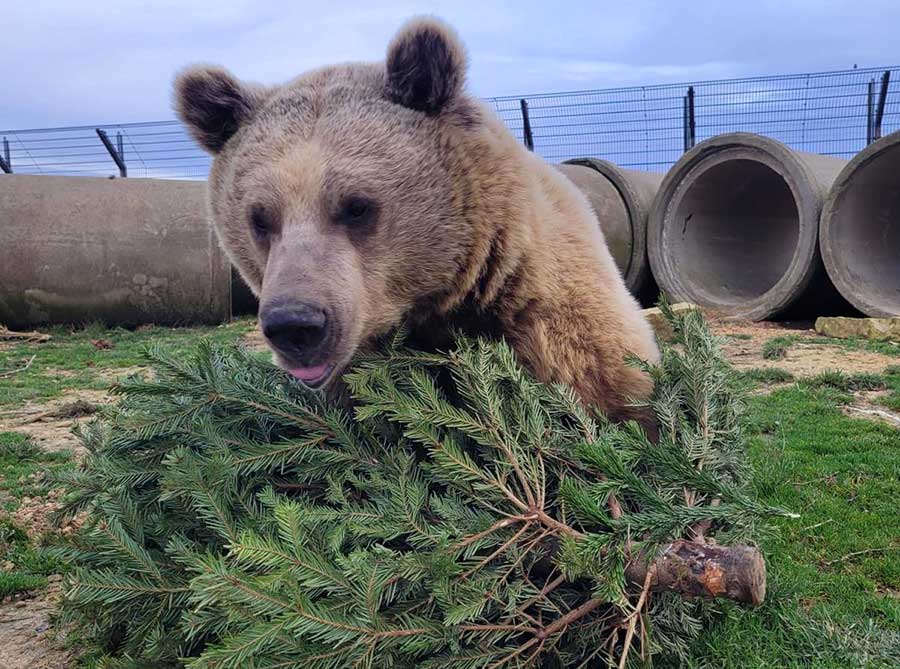 A Dream Come True for a Zookeeper
A Dream Come True for a Zookeeper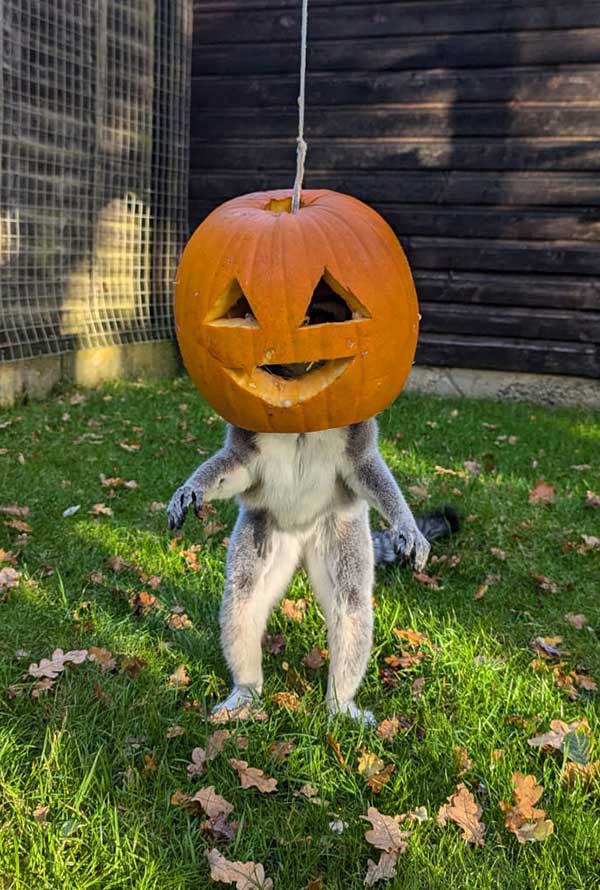 Creative Enrichment Activities
Creative Enrichment Activities